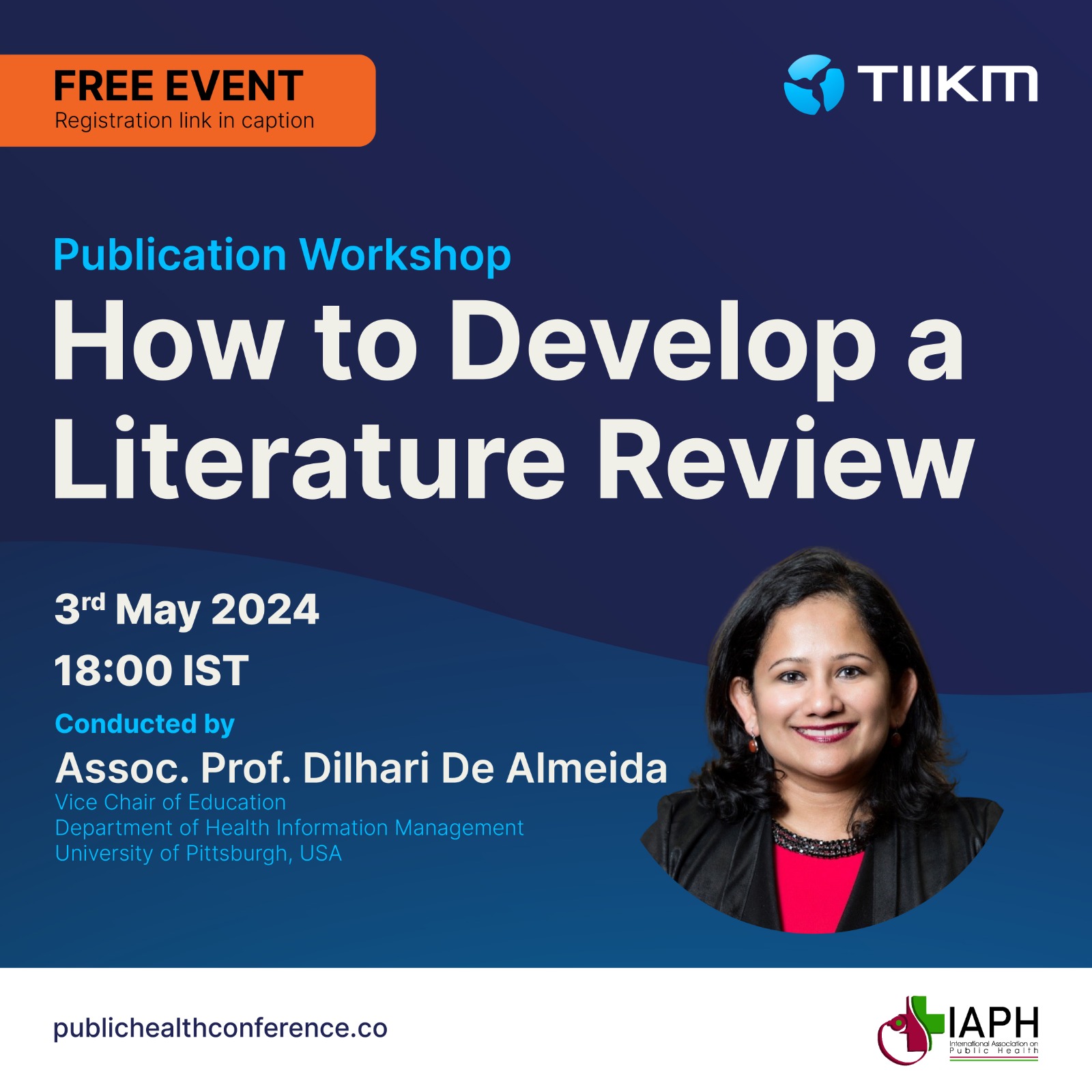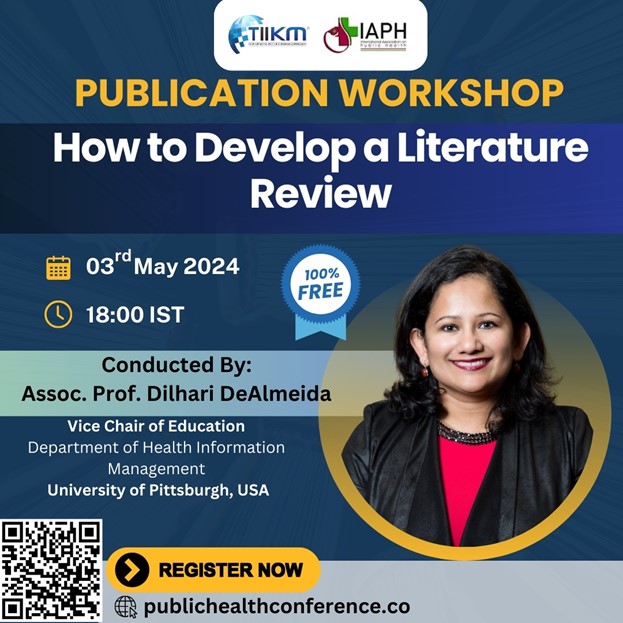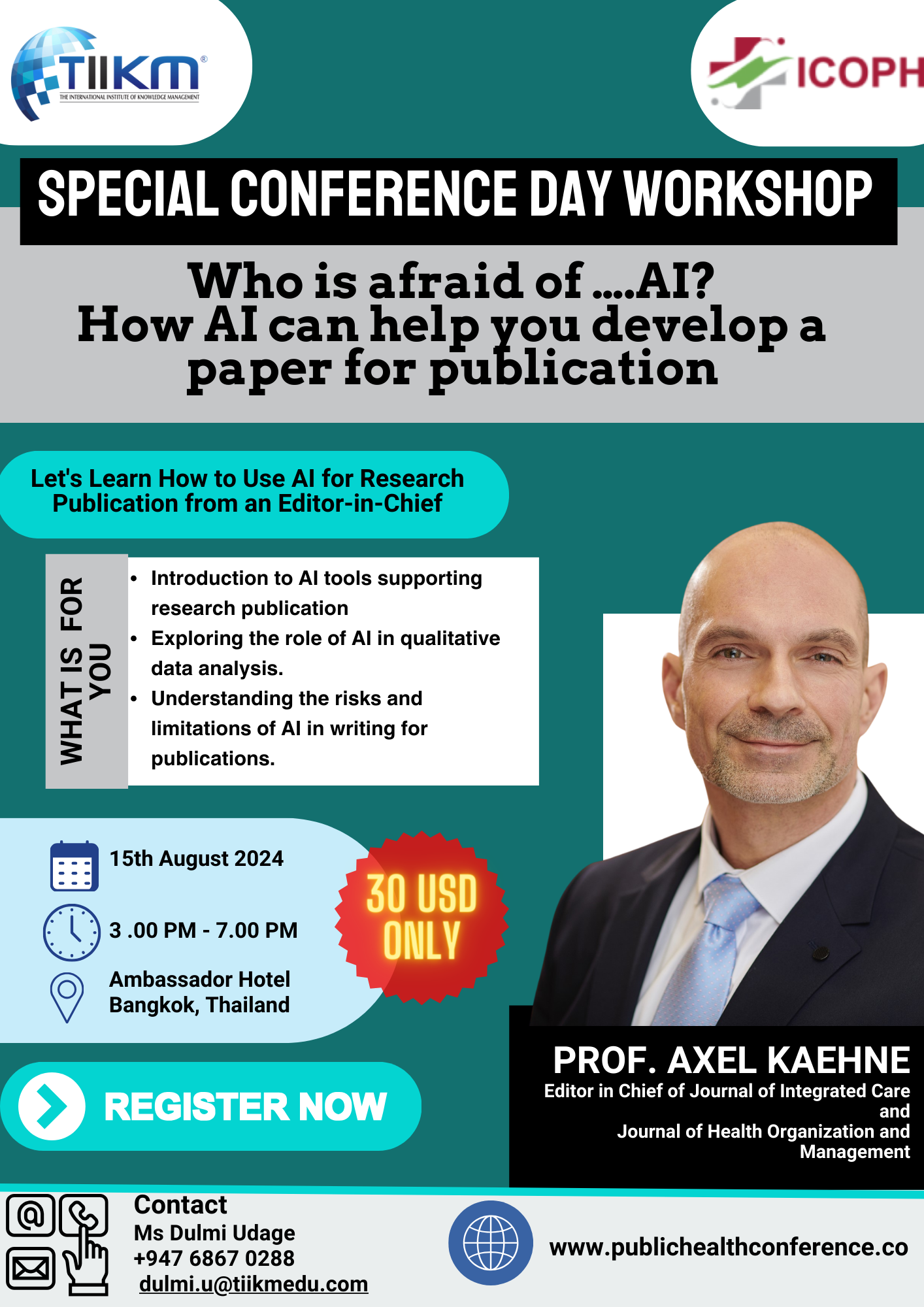The Evolution of Scholarly Publishing: Embracing Open Access Through Plan S

In recent years, the academic world has witnessed a significant shift towards open access, a movement aimed at making research findings freely available to all. At the forefront of this revolution is Plan S, a transformative initiative reshaping the landscape of scholarly publishing. This blog post delves into the nuances of Plan S and open access policies, exploring their implications for researchers, institutions, and the broader public.
Understanding Plan S
Plan S, launched in 2018 by cOAlition S, a consortium of national research funding organizations, mandates that scientific publications resulting from research funded by public grants must be published in compliant open access journals or platforms. The core principle of Plan S is simple yet powerful: to ensure that research findings funded by the public are accessible to the public without barriers.
Key Features of Plan S
Immediate Open Access: Publications must be immediately accessible upon publication, without any embargo period.
Rights Retention: Authors retain copyrights on their works, granting unrestricted use rights through open licenses.
Quality and Rigor: Emphasizes peer review and high editorial standards, ensuring that open access does not compromise quality.
Funding and Support: Addresses financial aspects, advocating for the realignment of publication fees to support open access models.
Impacts and Challenges
For Researchers
Increased Visibility: Open access publications are more widely accessible, potentially leading to higher citations and greater impact.
Authorship Rights: Retaining copyright empowers researchers to control the distribution of their work.
Publication Costs: Funding for publication fees remains a concern, especially for researchers without substantial grant support.
For Institutions
Library Budgets: Shifts in budget allocation, moving from subscription models to supporting open access publication fees.
Research Dissemination: Enhanced global visibility and access to institutionally produced research.
For Society
Public Access to Knowledge: Open access democratizes knowledge, making cutting-edge research available to all.
Educational Resources: Freely available research enhances educational materials and learning opportunities.
Looking Ahead
The implementation of Plan S and similar open access policies signals a transformative era in scholarly communication. While challenges such as funding models and equitable access remain, the benefits of a more open and transparent research ecosystem are undeniable.
Conclusion
Plan S is more than a policy; it’s a statement about the future of knowledge dissemination. As we continue to navigate its implications, the ultimate goal remains clear: to create a world where research is freely accessible, benefiting not just the academic community but society at large.
Subscribe Us
Join the mailing list to receive all updates and news from TIIKM Publishing
Copyright © 2022 TIIKM Publishing, All Rights Reserved. | Designed by TIIKM – IT Team








